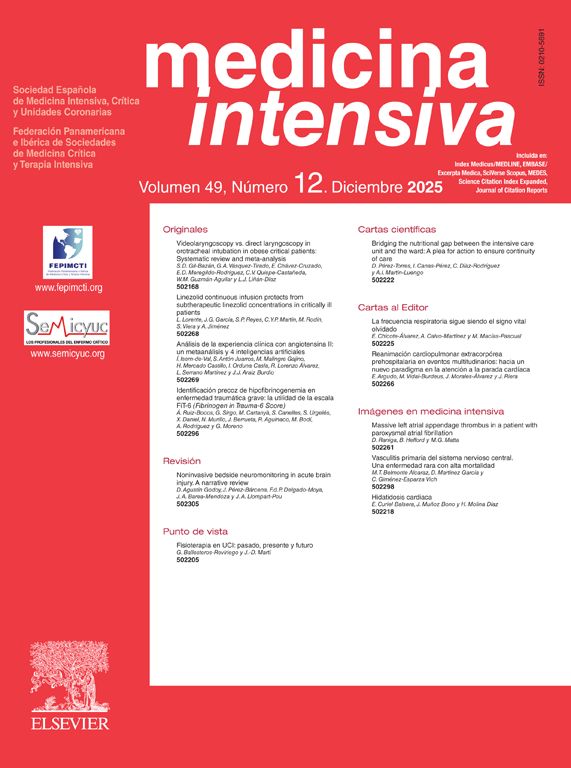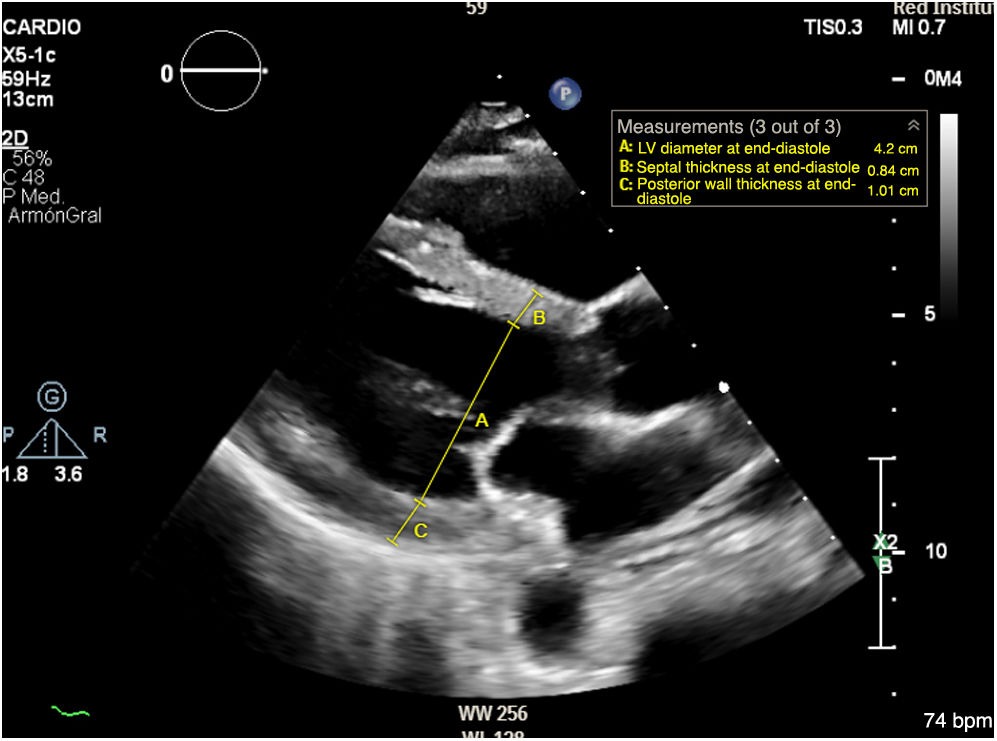A 41-year-old woman with humoral deficiency and monoclonal gammopathy IgG lambda presented to the ER with fever and weakness and was diagnosed with an influenza A-related respiratory infection. Twenty-four hours later, she was admitted to the intensive care unit because of severe hypotension, requiring norepinephrine up to 0.5 μg/kg/min, hypoalbuminemia, and hemoconcentration. She was diagnosed with systemic capillary leak syndrome (SCLS) with intramyocardial edema (IME). SCLS is a condition characterized by the leakage of plasma and proteins into the interstitial compartment. It is associated with monoclonal gammopathy, and often occurs after an upper respiratory tract infection, with IME being a rare complication in this disease. In our patient, the transthoracic echocardiogram (TTE) performed at admission revealed that left ventricle ejection fraction (LVEF) was at the lower normal limit (LVEF 50%-55%) with restrictive physiology and evidence of diffuse myocardial thickening, as shown in the TTE images: parasternal long-axis view (Fig. 1 and Video A), parasternal short-axis view at apical level (Fig. 2), and apical four-chamber view (Fig. 3). This thickering was likely due to IME, since a TTE performed 1 month earlier showed normal myocardial thickness (Fig. 4, parasternal long-axis view). Treatment with immunoglobulins and corticosteroids was prescribed, but unfortunately, the patient died 24 hours after admission due to refractory shock.
Conflicts of interestNone declared.
Please cite this article as: Rodríguez Gómez M, Calle Romero M, Domingo Marín S. Edema intramiocárdico como manifestación atípica del síndrome de fuga capilar. Med Intensiva. 2024. https://doi.org/10.1016/j.medin.2024.05.009












